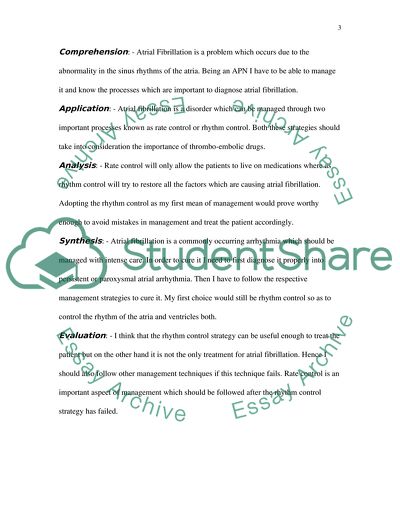Cite this document
(Atrial Fibrillation Coursework Example | Topics and Well Written Essays - 1750 words, n.d.)
Atrial Fibrillation Coursework Example | Topics and Well Written Essays - 1750 words. https://studentshare.org/health-sciences-medicine/1745271-pathophysiology-of-atrial-fibrillation
Atrial Fibrillation Coursework Example | Topics and Well Written Essays - 1750 words. https://studentshare.org/health-sciences-medicine/1745271-pathophysiology-of-atrial-fibrillation
(Atrial Fibrillation Coursework Example | Topics and Well Written Essays - 1750 Words)
Atrial Fibrillation Coursework Example | Topics and Well Written Essays - 1750 Words. https://studentshare.org/health-sciences-medicine/1745271-pathophysiology-of-atrial-fibrillation.
Atrial Fibrillation Coursework Example | Topics and Well Written Essays - 1750 Words. https://studentshare.org/health-sciences-medicine/1745271-pathophysiology-of-atrial-fibrillation.
“Atrial Fibrillation Coursework Example | Topics and Well Written Essays - 1750 Words”. https://studentshare.org/health-sciences-medicine/1745271-pathophysiology-of-atrial-fibrillation.


